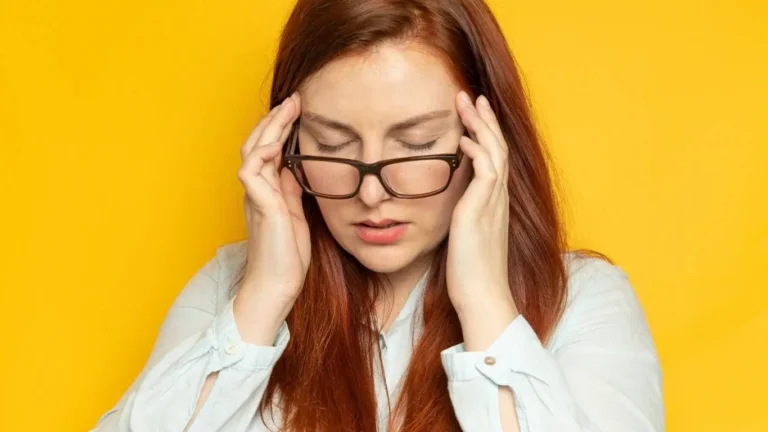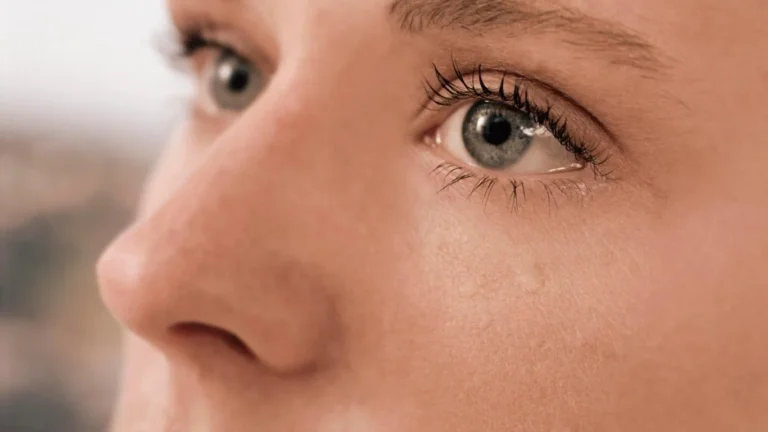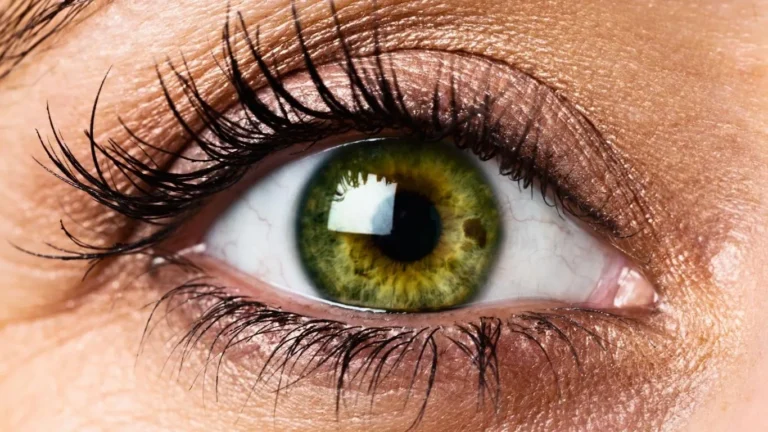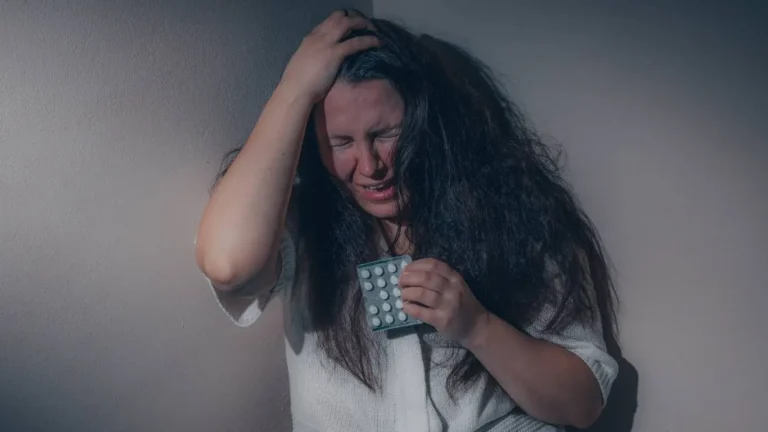7 Best Workouts for High Blood Pressure That Actually Work
Hypertension—commonly known as high blood pressure—is one of those silent troublemakers that can creep up on you if you’re not careful. I’ve spent years helping people manage their blood pressure, and one topic that always sparks curiosity is how acupuncture can help manage hypertension. Many are skeptical at first—after all, how can tiny needles possibly influence blood pressure? But trust me, the results can be surprising.
Understanding Acupuncture: More Than Just Needles
When most people hear the word “acupuncture,” they immediately picture someone lying on a table with dozens of needles poking out. But there’s much more to it than that. Acupuncture is an ancient practice rooted in Traditional Chinese Medicine (TCM), which believes that our bodies have energy pathways—called meridians—that can influence our health.
The idea is that when these energy pathways become blocked, it can lead to various health issues, including high blood pressure. By inserting thin needles at specific points along these meridians, acupuncture is thought to restore balance and improve circulation. Sounds a little mystical, right? But before you dismiss it, let’s talk about the science.
Can Acupuncture Really Lower Blood Pressure?

Let’s get straight to the big question—does acupuncture actually help with hypertension? According to research, the answer is yes. Several studies have shown that acupuncture can significantly reduce both systolic and diastolic blood pressure levels.
One particular study published in the Journal of Circulatory Control found that regular acupuncture sessions helped lower blood pressure in hypertensive patients, especially when combined with lifestyle changes. Researchers believe this happens due to acupuncture’s ability to:
- Stimulate the nervous system, releasing neurotransmitters that promote relaxation.
- Improve blood circulation and reduce resistance in blood vessels.
- Regulate hormones that affect stress and inflammation.
From my personal experience working with patients, I’ve seen some pretty impressive results. One of my clients, a 52-year-old woman struggling with stubborn high blood pressure, decided to try acupuncture alongside her prescribed medication. After a few months, not only did her blood pressure drop, but she also reported feeling less stressed and sleeping better at night.
The Science Behind Acupuncture’s Effect on Hypertension

Now, let’s break this down in a way that makes sense. Hypertension is often linked to overactive sympathetic nervous system activity—basically, your body is stuck in “fight or flight” mode, making your heart work harder and increasing blood pressure.
Acupuncture is believed to influence the autonomic nervous system, helping to reduce stress hormones like cortisol and adrenaline. By doing this, acupuncture helps your blood vessels relax, improving circulation and ultimately lowering blood pressure.
In one study, patients who received acupuncture targeting specific points—like the Neiguan (PC6) and Zusanli (ST36)—experienced significant reductions in blood pressure compared to those who received a placebo treatment.
How Many Sessions Are Needed for Results?
Here’s the tricky part—acupuncture isn’t a one-and-done deal. Just like exercise or a healthy diet, consistency is key. Most practitioners recommend an initial series of 8-12 sessions, followed by maintenance treatments depending on how your body responds.
For many, improvements can be seen within the first few weeks, but long-term benefits require commitment. If you’re considering acupuncture, I’d suggest pairing it with lifestyle modifications like a heart-healthy diet and regular exercise for the best results.
Key Acupuncture Points for Managing Hypertension

So, what are the magic points that acupuncturists target to help with hypertension? While acupuncture is a highly personalized practice, some pressure points are commonly used to lower blood pressure and improve circulation.
1. LI11 – Quchi (曲池)
This point, found on the outer elbow crease, is often used to clear heat from the body and regulate blood pressure. Some of my clients have described a sense of relief and relaxation almost immediately after stimulation of this point.
2. PC6 – Neiguan (内关)
Located on the inner forearm near the wrist, PC6 is well-known for its role in calming the mind, reducing stress, and improving heart function. Stress is a major contributor to hypertension, and many patients report feeling noticeably calmer after PC6 stimulation.
3. ST36 – Zusanli (足三里)
Positioned on the lower leg, ST36 is a powerful point for boosting energy, improving digestion, and enhancing overall well-being. Some research suggests that activating this point can help regulate autonomic nervous system activity, which plays a key role in blood pressure control.
4. KD1 – Yongquan (涌泉)
Found on the sole of the foot, KD1 is linked to grounding and relaxation. Stimulating this point can help bring down high blood pressure, especially when combined with deep breathing exercises.
Acupuncture vs. Medication: Can It Replace Blood Pressure Pills?

This is one of the biggest questions I get—can acupuncture replace blood pressure medication? The short answer? No, but it can complement it.
For people with mild hypertension, acupuncture may be enough to keep blood pressure under control when paired with a healthy lifestyle. But if you have moderate to severe hypertension, stopping medication without consulting your doctor could be dangerous.
Instead, think of acupuncture as part of a larger treatment plan. Many of my patients use it alongside their medications, and over time, some have been able to reduce their dosage under medical supervision. Acupuncture helps the body function more efficiently, making it easier for other treatments—like lifestyle changes and medications—to work effectively.
What to Expect in an Acupuncture Session for Hypertension
If you’re considering acupuncture for blood pressure management, you might be wondering what a typical session looks like. Here’s a general idea of what to expect:
- Initial Consultation: Your acupuncturist will assess your overall health, lifestyle, and medical history. They’ll ask about your blood pressure readings and any symptoms you’re experiencing.
- Needle Placement: Thin, sterile needles will be inserted at specific points based on your body’s needs. You might feel a tiny pinch, but most people find the process relaxing.
- Rest Period: You’ll lie still for about 20-30 minutes while the needles do their work. Many patients enter a deep state of relaxation during this time.
- Post-Treatment Sensation: Some people feel energized after a session, while others feel deeply calm. You may also notice slight changes in your blood pressure over time.
Are There Any Risks or Side Effects?
Acupuncture is generally safe when performed by a trained and licensed professional, but like any treatment, it’s not entirely risk-free. Here are a few things to keep in mind:
- Mild soreness or bruising: Some people experience slight soreness at the needle insertion points, but this usually fades quickly.
- Dizziness or fatigue: A small percentage of patients feel lightheaded or unusually tired after a session. This is usually temporary and can be prevented by staying hydrated and eating a light snack beforehand.
- Not a quick fix: Acupuncture works best with consistency, so don’t expect overnight results. Most people need multiple sessions to see long-term improvements.
Combining Acupuncture with Lifestyle Changes for Maximum Benefit
Acupuncture is powerful, but it’s even more effective when paired with healthy habits. If you’re serious about managing hypertension naturally, consider adding these lifestyle tweaks to your routine:
- Eat a heart-healthy diet: Focus on fresh fruits, vegetables, lean proteins, and whole grains. The DASH diet is a great place to start.
- Stay active: Even 30 minutes of moderate exercise a day can have a significant impact on blood pressure.
- Manage stress: Stress reduction techniques like meditation, yoga, and deep breathing complement acupuncture beautifully.
- Limit salt and alcohol: Both can contribute to high blood pressure, so keeping them in check is crucial.
In my years of working with hypertension patients, I’ve found that a well-rounded approach always delivers the best results. Acupuncture is an amazing tool, but it shines the brightest when combined with other positive lifestyle changes.
Case Studies & Real-Life Examples

It’s one thing to talk about the science behind acupuncture for high blood pressure, but seeing real results? That’s what truly makes an impact. Let me share a couple of inspiring stories from people who’ve successfully incorporated acupuncture into their hypertension management.
Case Study 1: Sarah’s Journey from Stress to Balance
Sarah, a 45-year-old teacher, had been struggling with high blood pressure for years. Between long work hours and family responsibilities, stress had taken a toll on her health. She was on medication, but her blood pressure remained stubbornly high.
After starting acupuncture, Sarah noticed an immediate shift. She described the sessions as a “mental reset,” helping her manage stress more effectively. After three months of consistent treatment, combined with diet changes and yoga, her blood pressure readings finally began to drop. Her doctor even reduced her medication dosage!
Case Study 2: Mark’s Drug-Free Blood Pressure Control
Mark, a 58-year-old former athlete, wanted to avoid medication if possible. His blood pressure had crept up in recent years, and his doctor warned him he was heading toward a prescription if he didn’t make changes. That’s when he turned to acupuncture.
With weekly acupuncture sessions, Mark saw noticeable improvements in his sleep, stress levels, and energy. Within six months, his blood pressure stabilized within the normal range—without medication. He continues to get maintenance treatments every few weeks to stay on track.
Key Takeaways: What You Need to Remember
Acupuncture can be a powerful tool for managing hypertension, but let’s quickly summarize the most important points:
- Acupuncture is not a miracle cure, but it can support blood pressure control. It works best when paired with lifestyle changes and, if necessary, medication.
- It’s most effective for stress-related hypertension. If your high blood pressure is linked to anxiety or chronic stress, acupuncture may be particularly beneficial.
- Consistency is key. A few sessions won’t cut it. Long-term benefits come from regular treatments over time.
- It’s safe when performed by a licensed professional. Always choose a certified acupuncturist to ensure the best and safest results.
FAQs
Still have questions? You’re not alone! Here are some common questions people ask about acupuncture for high blood pressure.
1. How long does it take for acupuncture to lower blood pressure?
Results vary from person to person. Some notice changes within a few sessions, while others need several months of consistent treatments before seeing significant improvement.
2. Can I do acupuncture at home?
While you can try acupressure (applying pressure to certain points with your fingers), professional acupuncture requires trained expertise. For safety and effectiveness, it’s best to visit a licensed acupuncturist.
3. Are there any side effects?
Most people tolerate acupuncture well. The most common side effects are mild soreness or slight bruising at the needle sites. Rarely, some experience dizziness or fatigue after a session.
4. Does insurance cover acupuncture for hypertension?
It depends on your provider. Some insurance plans cover acupuncture for pain management, but coverage for blood pressure treatment varies. It’s worth checking with your insurer!
Bonus: Additional Resources or DIY Tips
Want to boost your results? Here are a few additional strategies that work well alongside acupuncture.
- Try acupressure at home: Massaging points like PC6 (on the wrist) or KD1 (on the foot) can help promote relaxation.
- Practice breathwork: Deep, slow breathing techniques, like the 4-7-8 method, can naturally lower blood pressure.
- Drink herbal teas: Hawthorn tea and hibiscus tea are both known to support heart health.
- Monitor your progress: Keep track of your blood pressure readings before and after acupuncture treatments to see what works best for you.
Appendix: Table, References, Disclaimer, and Call to Action
| Acupuncture Point | Location | Potential Benefits |
|---|---|---|
| LI11 – Quchi | Outer elbow crease | Reduces inflammation, clears heat, lowers blood pressure |
| PC6 – Neiguan | Inner wrist | Calms the nervous system, reduces stress |
| ST36 – Zusanli | Lower leg | Boosts circulation, supports digestion |
| KD1 – Yongquan | Sole of the foot | Grounding, relaxation, blood pressure support |
References
- National Center for Biotechnology Information (NCBI) – Research on acupuncture for hypertension
- American Heart Association (AHA) – Guidelines for managing high blood pressure
- World Health Organization (WHO) – Global studies on acupuncture
Disclaimer
This article is for informational purposes only and is not a substitute for professional medical advice. Always consult with a healthcare provider before making any changes to your treatment plan.
Final Thoughts & Call to Action
So, is acupuncture worth trying for high blood pressure? Absolutely—especially if stress is a major trigger for you. While it’s not a quick fix, it can be a valuable tool in a holistic approach to managing hypertension.
If you’re curious, why not book a consultation with a licensed acupuncturist? And if you’ve tried acupuncture for blood pressure before, I’d love to hear about your experience in the comments below!

Dr. Gwenna Aazee is a board-certified Internal Medicine Physician with a special focus on hypertension management, chronic disease prevention, and patient education. With years of experience in both clinical practice and medical writing, she’s passionate about turning evidence-based medicine into accessible, actionable advice. Through her work at Healthusias.com, Dr. Aazee empowers readers to take charge of their health with confidence and clarity. Off the clock, she enjoys deep dives into nutrition research, long walks with her rescue pup, and simplifying medical jargon one article at a time.





